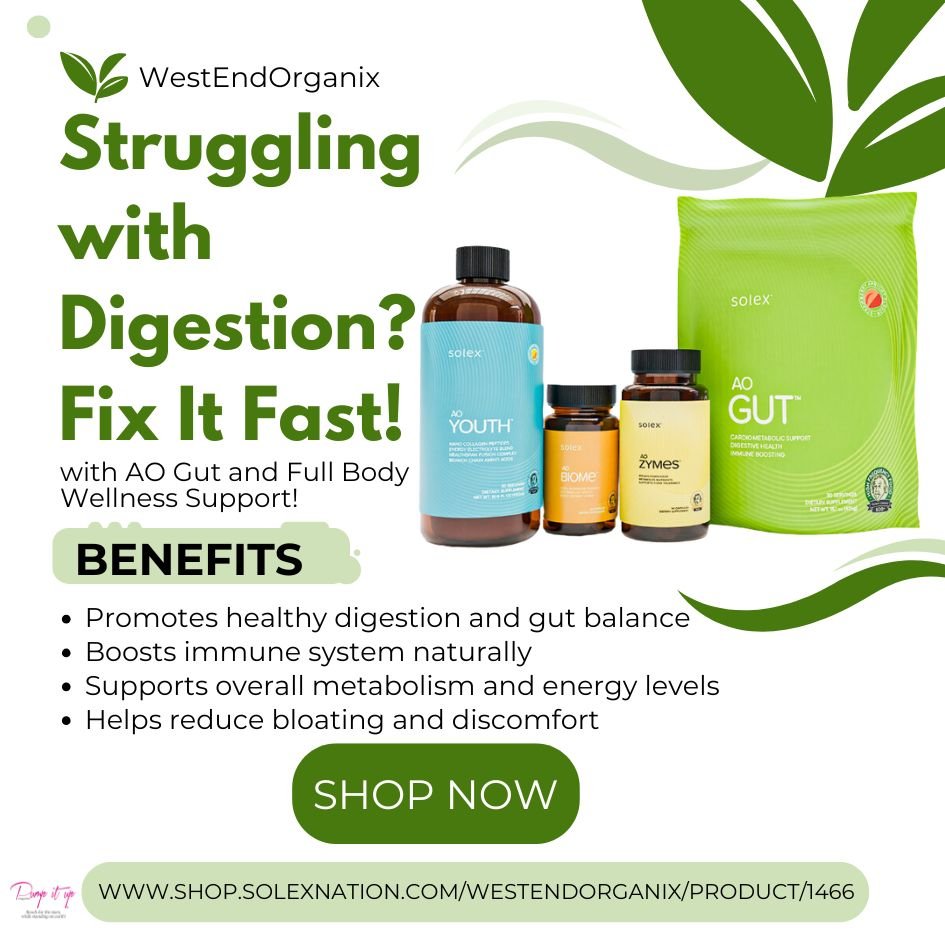Corrugated paper, also known as corrugated cardboard, is a product found almost everywhere and used in packaging various products. However, there is little appreciation for the chemical and mechanical engineering involved in creating it. The protective and lasting properties of corrugated paper are not accidental; they stem from deliberate scientific principles, chemical engineering, and meticulous manufacturing processes.
The Structure of Corrugated Paper
Corrugated paper consists of three primary components: the outer layer, the middle layer or fluting, and the adhesive used to bind the material. The most common type features a middle fluted layer sandwiched between two flat liner boards. These flutes, the wavy layer in the middle of the material, strengthen and protect it.
Fluting Medium
Fluting consists of waves of rough, corrugated layers between thin to medium-thickness sheets. It is typically produced from semi-chemical or recycled paper, sometimes incorporating recycled bubble wrap, to ensure it is strong, flexible, and cost-effective to manufacture. The fluting is designed in such a way that when placed between the liner boards, they can form a series of arches and columns which greatly improves the stiffness of the material.
Adhesive
The process generally involves using starch-based glue to bond the linerboard to the fluting medium. This adhesive is ecological, meaning it does not pollute the environment, and it has a high adhesive capacity that keeps the layers secured under various climates, temperatures, and humidity levels.
Linerboard
The liner is the smooth, flat paperboard that is adhered to the corrugated paper on both the inside and outside edges to create the final fluted structure. It is usually made from kraft paper, chosen for its strength and tear resistance. Kraft paper is made through the krafting method, which uses an alkali solution of sodium hydroxide and sodium sulfide applied to wood chips. This process removes water containing dark-colored lignin and other unwanted chemicals, leaving behind strong, fiber-based paper.
The Physics of Corrugated Paper Protection
The anti-shock ability of corrugated paper comes from its structural features and basic physics principles. When forces act on the corrugated paper, its structure absorbs most of the energy, protecting the objects inside.
Compression Strength
Corrugated paper’s primary use is for giving structural stability to the boxes and one of the most important properties of the corrugated paper is that it should be able to resist compression forces. This is especially true when weight is applied to a corrugated box, as the fluted medium forms arches that help balance the weight on the structure.
This dispersion of force also minimizes the formation of specific zones where all the force is applied and hence they do not get crushed or deformed. In reality, flutes provide a system of resilient parallel channels in the form of I-beams, giving the box the necessary support and shape even when loaded with heavy substances.
Impact Resistance
It is also important to note that corrugated paper helps dissipate impact energy. This specialty fluting layout activates when a box is dropped or subjected to another shock impact; the fluting compresses slightly, preventing the impact energy from transferring to the contents. In effect, the fluted medium combines with the linerboard to offer protection to the items, as they prevent such merchandise from being broken.
Bending and Buckling
This structure also provides stiffness and guards against bending or buckling. With the flutes raised and lowered alternately, the fluting provides rigidity in more than one plane, preventing the material from bending or folding under pressure. This is crucial for strengthening the box, as it provides multidirectional force resistance, essential for protection and maneuverability during transport.
Material Science and Environmental Considerations
Corrugated paper is not only tough, thick, and protective but also eco-friendly. Most of the raw materials applied in its manufacturing process are reusable and environmentally friendly, which makes packs from Bakey a perfect choice for sustainable packaging.
Recyclability
Corrugated paper is highly recyclable, and over 75% of all corrugated boxes used today contain at least 50% recycled material. Recycling involves a pulping process that separates the fibers from used corrugated paper before manufacturing it into a new linerboard and fluting medium. This closed-loop reduces the demand for virgin materials and decreases waste.
Biodegradability
A point worth noting is that compared to most of the other plastic bubble packaging materials, corrugated paper can biodegrade. It is relatively harmless and when dumped in the landfill it degrades on its own and thus minimizes the effects it has on the environment. Its recyclability is also boosted due to the use of natural glues in the paper and the absence of toxic chemicals during its manufacturing.
Sustainable Sourcing
Raw materials used to produce corrugated paper, namely wood fibers, come from sustainable forest resources. Many manufacturers adhere to certification programs such as FSC or SFI, ensuring that raw materials are harvested sustainably and environmentally friendly.
Innovations in Corrugated Paper Technology
Paper is a versatile wrapping material, and the latest developments in the corrugated paper-making industry continuously ensure better material performance.
Enhanced Strength and Durability
Over the years, continuous research and improved material utilization in paper mills have resulted in high-quality corrugated paper with high load-carrying capacity. Cross Laminated fluting has improved the load-bearing capability of corrugated boards while the enhanced adhesive performed better in terms of impact resistance. These changes lead to thin layers for packing as well as enhance protection of products during shipment thus lowering the expenses as well as having a friendly impact on the environment.
Coatings and Treatments
To learn more about increasing the protective properties of corrugated paper, you can read here. Several coatings and treatments enhance its protection. For instance, a moisture protection coating can be applied to prevent moisture damage, while an anti-static coating protects small electronic structures from electrostatic shock. These coatings expand the use of corrugated paper and enhance its capabilities in utilizations that require improved characteristics.
Smart Packaging
Another interesting development is the incorporation of smart technologies into corrugated packaging. RFID tags and embedded sensors can reveal the condition of the package and its contents in the supply chain by conveying real-time temperature, humidity, and shock data. This information can be used to make decisions on proper handling and storage of products, helping to reduce waste.
Conclusion
Corrugated paper is not just a packaging material but much more than a regular material. Due to its highly technical design firmly grounded in physics and material science, it offers extra protection to a variety of goods.
Due to increasing technological advancements and efforts to make packaging sustainable, corrugated paper remains essential in the packaging sector for both consumers and businesses. Whether safeguarding delicate appliances, perishable goods, or industrial equipment, the fundamentals of using corrugated paper are extensive, making it an important aid to human existence.
FAQs
1.What makes corrugated paper an effective packaging material?
Its design provides strength, rigidity, and cushioning, making it ideal for protecting items during transport. The air pockets within the flutes also contribute to their insulating properties.
2. How does the fluted structure of corrugated paper enhance its protective qualities?
The fluted structure of corrugated paper acts like a shock absorber, distributing impact forces across a larger area and minimizing damage to the packaged items.
3.Why is corrugated paper considered environmentally friendly?
Most corrugated paper is produced from recycled materials, and its recyclability reduces the need for new raw materials, helping to conserve natural resources and reduce waste in landfills.
Photo by Leandro Verolli:










